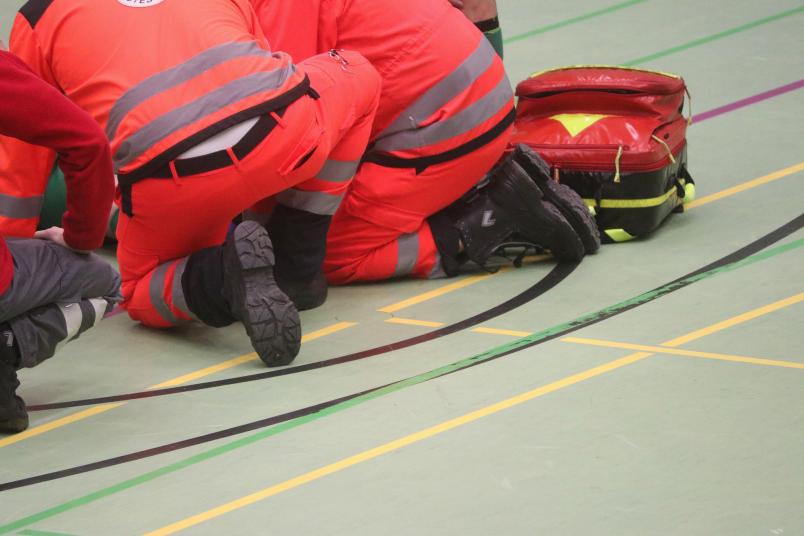Medicine
Study Confirms Positive Effect of Midazolam after Cardiac Arrest
Experts call for recommendations and guidelines to be amended accordingly.
If a patient is successfully resuscitated after a cardiac arrest and circulation resumes, they are not out of the woods yet. A number of factors can influence whether and how they survive the trauma in the subsequent phase. The administration of the anaesthetic midazolam has a positive effect, as shown by a multicenter study of 571 patients conducted by the Research Association for Emergency Medicine Ostwestfalen-Lippe led by the University Clinic for Anaesthesiology, Intensive Care and Emergency Medicine at the Johannes Wesling clinic in Minden, hospital of Ruhr University Bochum, Germany, at the Chair of Emergency Medicine headed by Professor Jochen Hinkelbein.
In cases where the patient required anesthesia after successful resuscitation, midazolam improved the chances of optimal oxygen saturation and CO2 levels in the blood. The risk of a renewed drop in blood pressure or a renewed circulatory arrest didn’t increase. “This specific group of patients who have been successfully resuscitated should definitely be included in the guidelines for pre-hospital anesthesia. Midazolam has proven to have a particularly positive effect in this group,” concludes Dr. Gerrit Jansen, lead author of the study, which was published in the journal Deutsches Ärzteblatt International on April 8, 2024.
Concerns about increased risk prove unfounded
In the event of a cardiac arrest, rapid intervention is essential: If first aiders carry out resuscitation measures in good time, the patient’s circulation can be restarted in the best-case scenario. “However, it’s often the case that the patient hasn’t yet regained consciousness,” explains Gerrit Jansen. In this phase, there are various factors that can affect the chances of survival and subsequent permanent limitations due to the circulatory arrest.
“Some patients display protective reflexes after resuscitation, such as coughing or defensive movements, which make the emergency responders’ work more difficult. They often have to perform extended airway management, for example by intubating the patient in the same way as during surgery. This frequently requires sedation or anesthesia,” explains Jansen. Until now, there has been concern that anaesthetic drugs could have a negative impact on the circulatory system, which has only just been restored. According to the study, however, this is not the case.
Groundbreaking research
Of the 571 people included in the study who survived a cardiac arrest and were admitted to hospital, 395 were sedated, 249 of them with midazolam. The chance that their blood oxygen saturation levels were in the optimal range following a cardiac arrest increased twofold when midazolam was administered. The chance that carbon dioxide was effectively exhaled increased by a factor of 1.6 with the drug. “Our statistical methods confirmed a correlation between these results and the administration of midazolam, without any indication of negative circulatory effects,” says Gerrit Jansen.
“The European guidelines of the European Resuscitation Council don’t yet set out any specific recommendations for possible anesthetic drugs,” explains Jansen. “The German guideline for pre-hospital anesthesia for patients with cardiovascular risk doesn’t mention patients in cardiac arrest. We’ve therefore carried out pioneering research in this field, the results of which should be incorporated into the recommendations for the benefit of the patients.”

